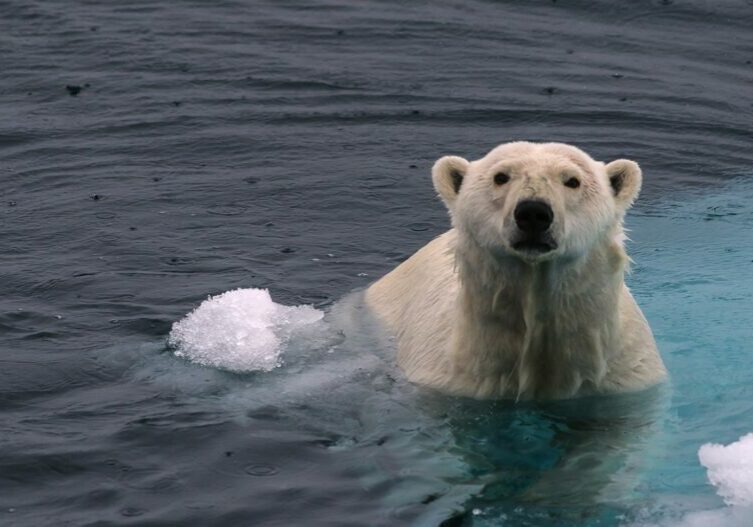The melting of the Arctic’s sea ice is one of the most visible symptoms of our rapidly heating planet. We’re currently losing about 13% of the region’s September sea ice per decade, and it’s predicted that the Arctic could be virtually free of sea ice during the summer within our lifetime.
The loss of this sea ice is having dramatic consequences for our global climate, for Arctic ecosystems and wildlife, and for Indigenous and local communities whose livelihoods may be linked to seasonal ice cycles.
We need to be able to better predict sea ice in order to adapt and plan for change, but that’s very hard to do. The atmosphere and ocean have complex effects on sea ice formation and melting, and it’s difficult to predict when, where or how much will disappear.

© MARTIN HARVEY / WWF
That’s why we’ve been working alongside an international team of researchers led by The Alan Turing Institute and British Antarctic Survey. Together, we’ve been developing a new artificial-intelligence tool – IceNet – that forecasts sea ice conditions several months into the future.
IceNet represents a significant step forward in our ability to forecast sea ice. Tests show it’s almost 95% accurate in predicting the presence of sea ice two months ahead, significantly improving on existing models.
We are just now starting to examine and test how IceNet might be applied to support conservation planning in the Arctic.
Reliably quantifying uncertainty is a crucial element in decision-making, and IceNet is a powerful tool that still has more to offer. The team is working to increase the model’s usefulness by making it update its predictions every day and producing the forecasts in real time. Watch this space.
Help protect Arctic wildlife
You can boost our vital work in the Arctic by adopting a polar bear.
More to explore

Living with polar bears
As climate change causes summer sea ice to dwindle in the Arctic, hungry polar bears are increasingly coming into conflict with local people. But we’re helping them to live side by side more safely

